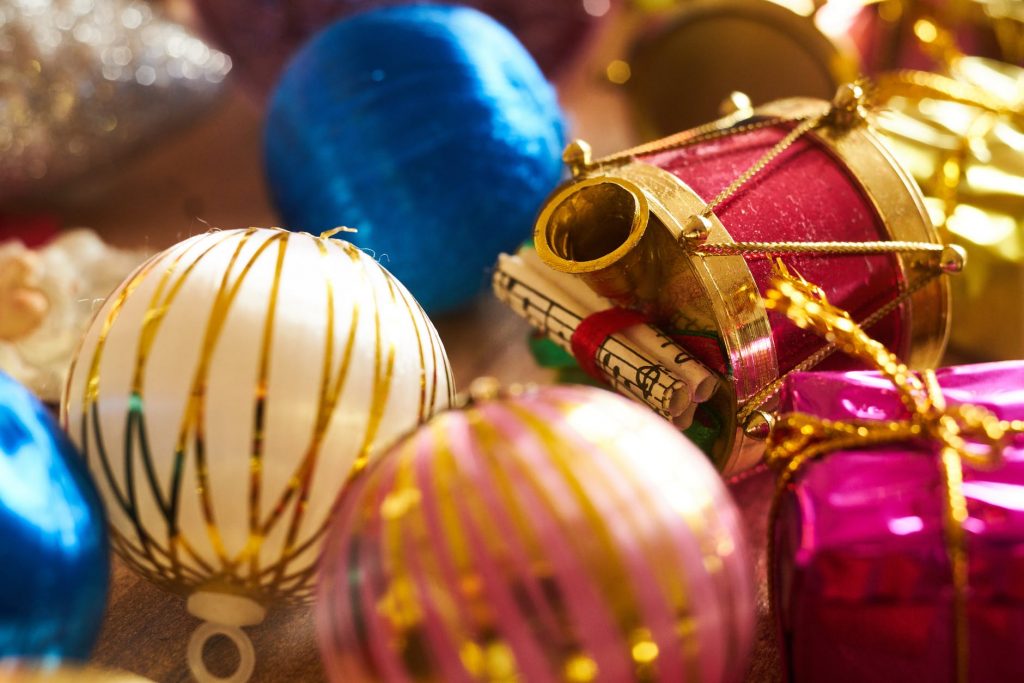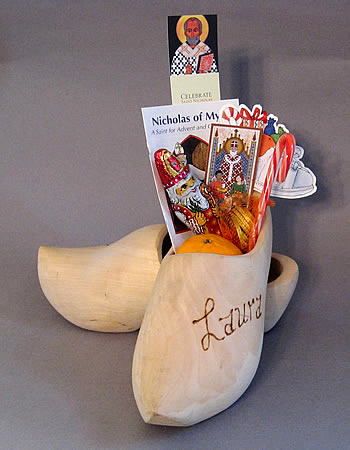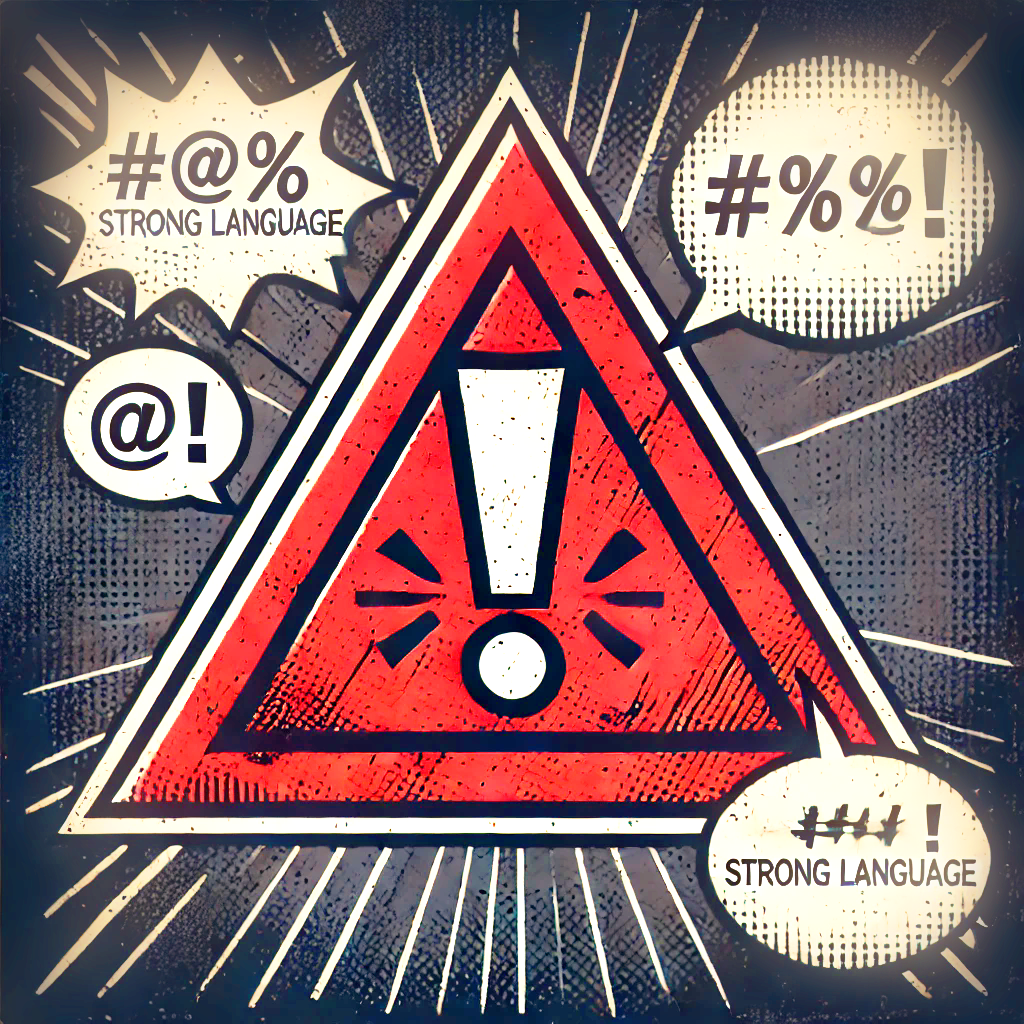Christmas was once a moveable feast celebration that was observed at different times during the year. The choice of December 25 was made by Pope Julius I in the fourth century ACE as a way to replace the pagan celebration of Winter Solstice. In 1752, eleven days were dropped from the year when the switch was made from the Julian calendar to the Gregorian. Eastern Orthodox Christians therefore still celebrate Christmas on January 7. Many traditions associated with the modern concept of Christmas (giving gifts, lighting a Yule log, singing carols, and decorating an evergreen) harken back to the older, pagan religions.

The Winter Solstice is celebrated on the eve of the shortest day of the year and signals the return of the Sun God and of longer days as spring approaches. This celebration is sometimes called Yule and is observed by modern Wiccans and many other cultures around the world. It is traditional to burn a huge log — the Yule Log — which is brought inot an outdoor clearing and becomes part of a great bonfire. Everyone dances and sings around the fire. All the excitement and noise is said to awaken the sun from its long winter sleep, thus hurrying spring ont its way.
Before Christianity the Scandinavian peoples celebrated “Midvinterblot” at Winter Solstice. It simply means “mid-winter-blood”, and featured both animal and human sacrifice. This tradition was finally abandoned around 1200 ACE, due to the persistence of Christian missionaries. The winters in Scandinavia are dark and grim, so it was through Midvinterblot, that the villagers would pay tribute to the local gods, appealing to them to let go of the winter’s grip. And the Gods were powerful. Until this day Thursday is named after the war god Thor. Friday after Freja (fertility) It is interesting to note that the Swedish name for Christmas is Jul (Yule), and the Jul gnome has a more important role than Father Christmas or the Christchild.

There are several origins given for the tradition of giving gifts. Among these are:
- Years ago, Dutch child took their shoes off at night and put them on a window sill until they rose the next morning. On Christmas Eve, they would put hay or straw in their shoes for the Wise Men’s Camels. In turn the Wise Men (or the 3 King’s) would leave treats or small gifts in the shoes.
- The wooden shoe or “Sabot” was the traditional footwear in many countries. This footwear was great on the farm where the landscape was far from neat and clean. However, the wood in the shoes had to be dried out nightly so children would place the shoes next to the fire place to dry. On Christmas Eve, Pere Noel would place trinkets in the shoes for the good children and a mischievous elf would leave coal in the shoe for bad children.
Wassailing the Apple Trees*
This humorous tradition was documented in 1851, a London Newspaper reported: In Devonshire, England, on Twelfth Night (January 7), the farmers get their weapons and go to their apple orchard. Selecting the oldest tree, they form a circle and chant:
Here’s to thee, old apple tree
Whence thou mayst bud and whence thou mayst blow
And whence thou mayst bear apples enow:
Hats full, caps full,
Bushels, bushels, sacks full,
And my pockets full too!
Huzza! Huzza!
The men drink cider, make merry, and fire their weapons (charged only with powder) at the tree. They return to the home and are denied entrance no matter what the weather by the women indoors. When one of the men guesses the name of the roast that is being prepared for them, all are let in. The one who guessed the roast is named “King for the Evening” and presides over the party until the wee hours.
Night of the Radishes
This unusual event takes place in Oaxaca, Mexico on December 23 each year. It dates to the mid-nineteenth century and commemorates the introduction of the radish by the Spanish colonists. Radishes in this region grow to the size of yams but are not the rounded shape we usually see. They are twisted and and distorted by growing in the rocky soil. These unusual shapes are exploited as local artisans carve them into elaborate scenes from the Bible, from history, and from the Aztec legends. Cash prizes are awarded and the evening culminates with a spectacular fireworks display.



Leave a Reply